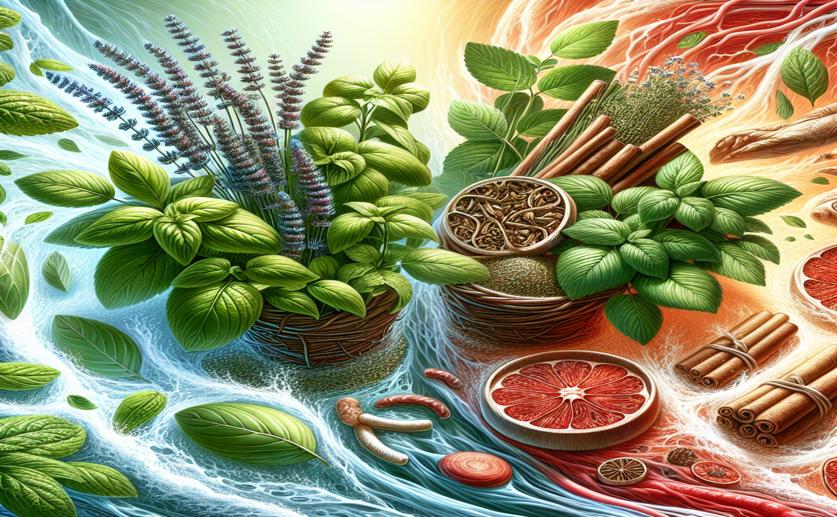
Exploring How Two Herbs Improve Blood Flow by Inhibiting Fat Conversion
David Palenski
24th January, 2024

Image Source: Natural Science News, 2024
References
Main Study
1) Study on the mechanism of Panax notoginseng-Salvia miltiorrhiza herb pair on invigorating blood circulation and eliminating blood stasis by blocking the conversion of arachidonic acid to prostaglandin.
Published 23rd January, 2024
https://doi.org/10.1007/s11418-023-01773-z



 16th January, 2024 | Jenn Hoskins
16th January, 2024 | Jenn Hoskins